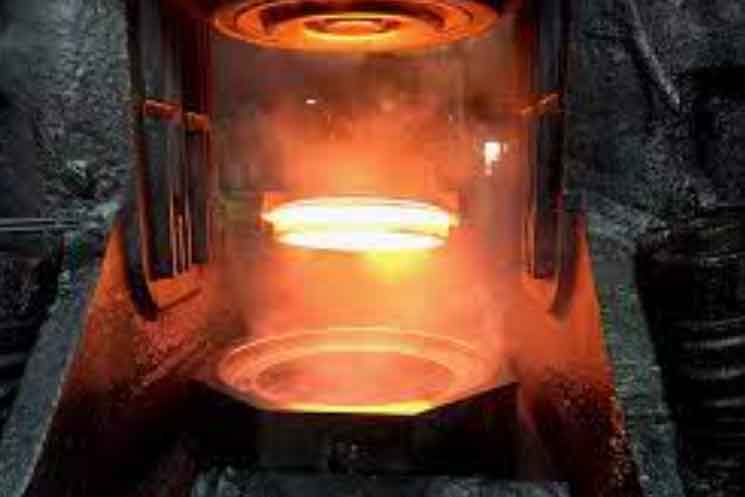Gear forgings play a pivotal role in unlocking strength and durability in gear manufacturing. Forged gears offer numerous advantages over gears produced by other manufacturing methods, enabling them to meet the demands of heavy-duty applications and operate reliably in challenging conditions.

Superior Material Strength: The forging process involves shaping metal through the application of compressive forces, which leads to the alignment of the grain structure and elimination of defects. As a result, forged gears exhibit superior material strength compared to gears manufactured through casting or machining. The refined grain structure enhances the gear’s ability to withstand high loads, shocks, and fatigue, ensuring long-term durability in demanding applications.
Enhanced Fatigue Resistance: Gears are subject to cyclic loading and can experience fatigue failure over time. However, forged gear forgings possess enhanced fatigue resistance due to their optimized metallurgical properties. The controlled deformation during forging aligns the grain flow, reducing stress concentrations and improving the gear’s ability to resist fatigue-induced cracks and failures. This ensures reliable performance and extends the service life of the gears.
Improved Wear Resistance: Gears often operate in challenging environments where they are exposed to abrasive particles, contaminants, and high contact pressures. Forged gear forgings exhibit excellent wear resistance due to their inherent material properties. The forging process refines the grain structure, eliminating defects that can act as initiation sites for wear. The resulting forged gears have a more homogeneous microstructure, providing resistance against wear, pitting, and surface damage. This allows the gears to maintain their dimensional accuracy and tooth profile integrity over extended periods.
Dimensional Accuracy and Consistency: Precision and dimensional accuracy are crucial in gear manufacturing. Forged gear forgings offer excellent dimensional accuracy and consistency due to the precise control exerted during the forging process. High-quality dies and molds are used to shape the gears, ensuring tight tolerances and accurate tooth profiles. This results in gears that mesh smoothly, have minimal backlash, and provide efficient power transmission. The consistency of forged gear forgings also facilitates interchangeability and simplifies assembly in gear systems.
Optimized Material Selection: Forging can be performed on a wide range of materials, including carbon steels, alloy steels, stainless steels, and even non-ferrous metals. This flexibility allows manufacturers to select the most suitable material for specific gear applications. Different materials offer varying levels of strength, toughness, and corrosion resistance, enabling gears to be tailored to meet the requirements of different operating conditions. The ability to optimize the material selection enhances the overall performance and reliability of forged gears.
Cost Efficiency: Although the initial tooling and setup costs for forging may be higher, forged gear forgings offer long-term cost efficiency. The inherent strength and durability of forged gears result in reduced maintenance and replacement costs. They have a longer service life and can withstand harsh operating conditions, minimizing downtime and improving overall productivity. The cost savings achieved through increased gear longevity outweigh the initial investment, making forged gear forgings a cost-effective choice.
Gear forgings unlock strength and durability in gear manufacturing by leveraging the advantages of the forging process. The superior material strength, enhanced fatigue resistance, improved wear resistance, dimensional accuracy, optimized material selection, and cost efficiency of forged gear forgings make them ideal for heavy-duty gear applications. By utilizing gear forgings, manufacturers can ensure reliable gear performance, increased durability, and reduced maintenance costs in various industries such as automotive, aerospace, industrial machinery, and power generation.
